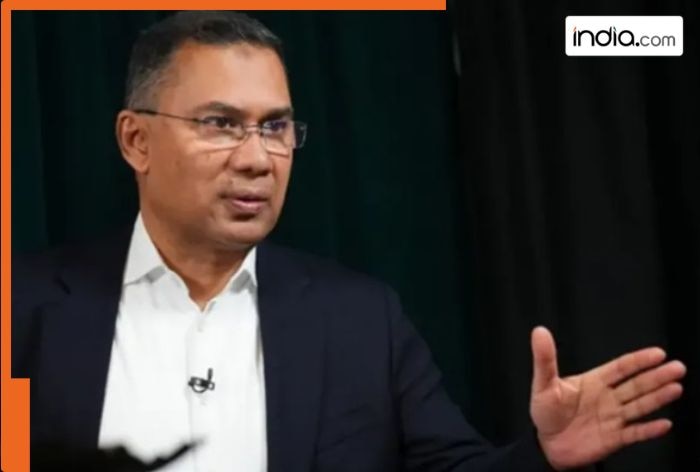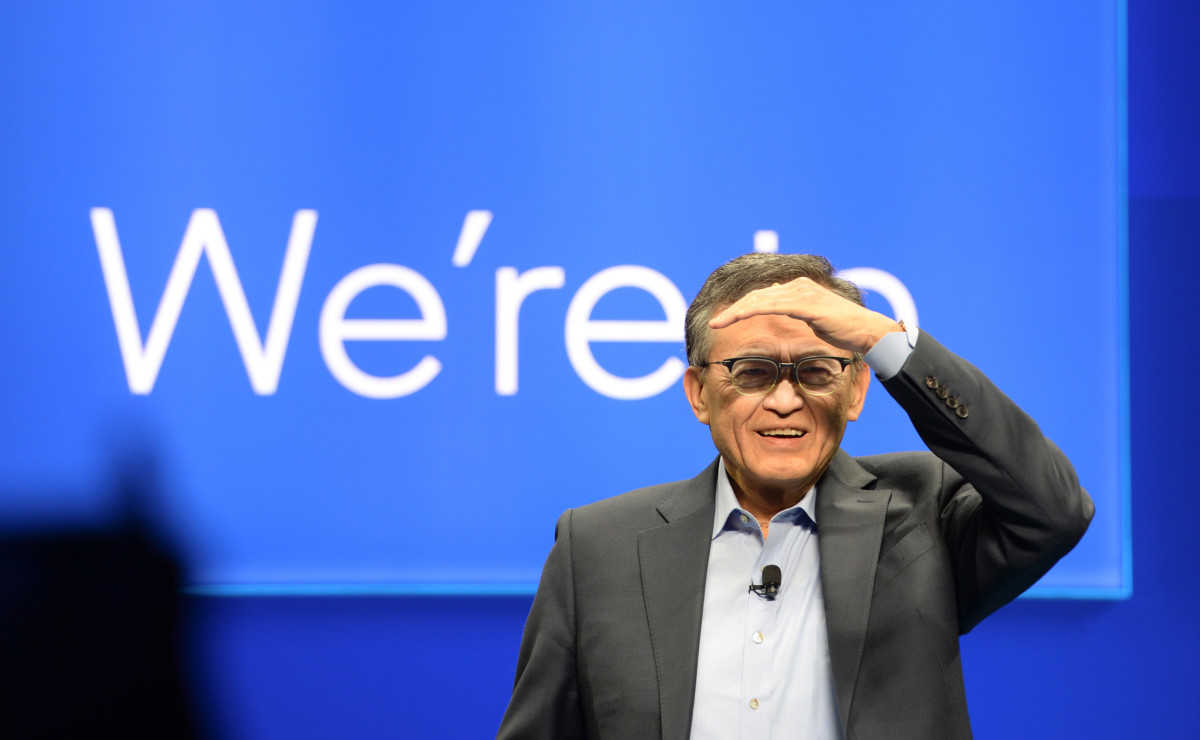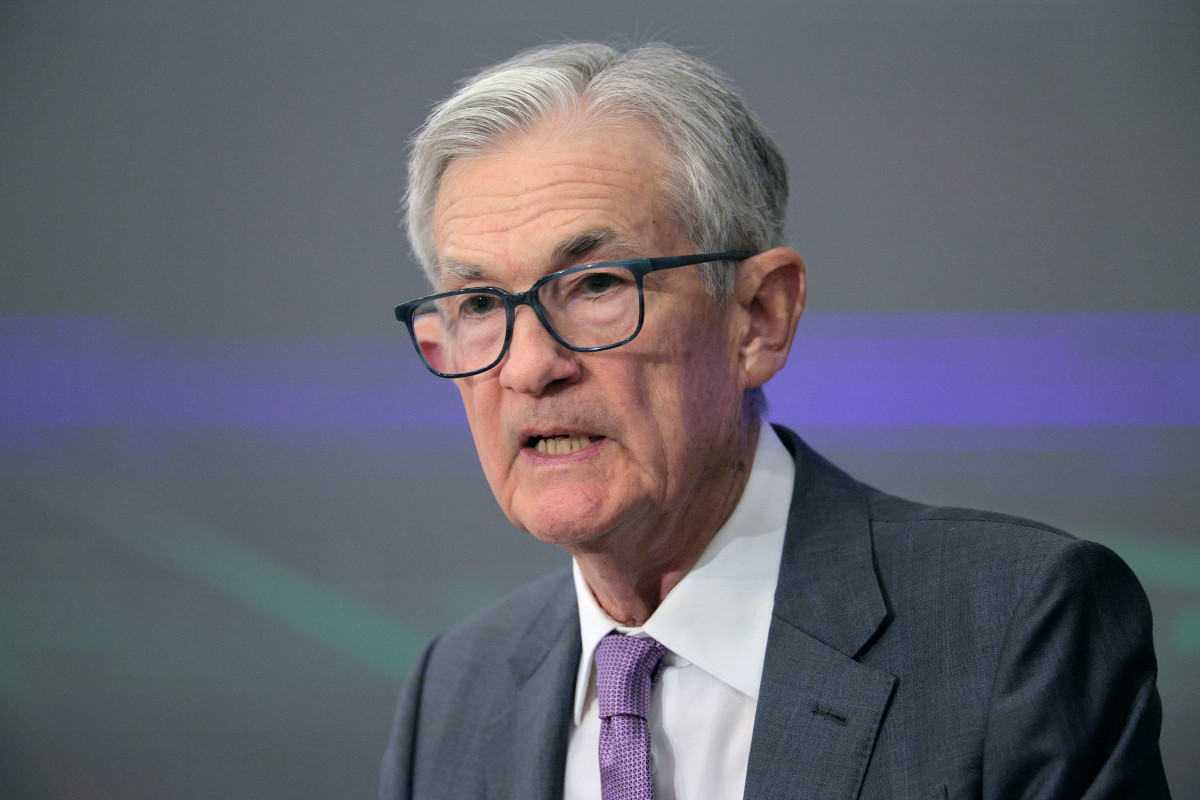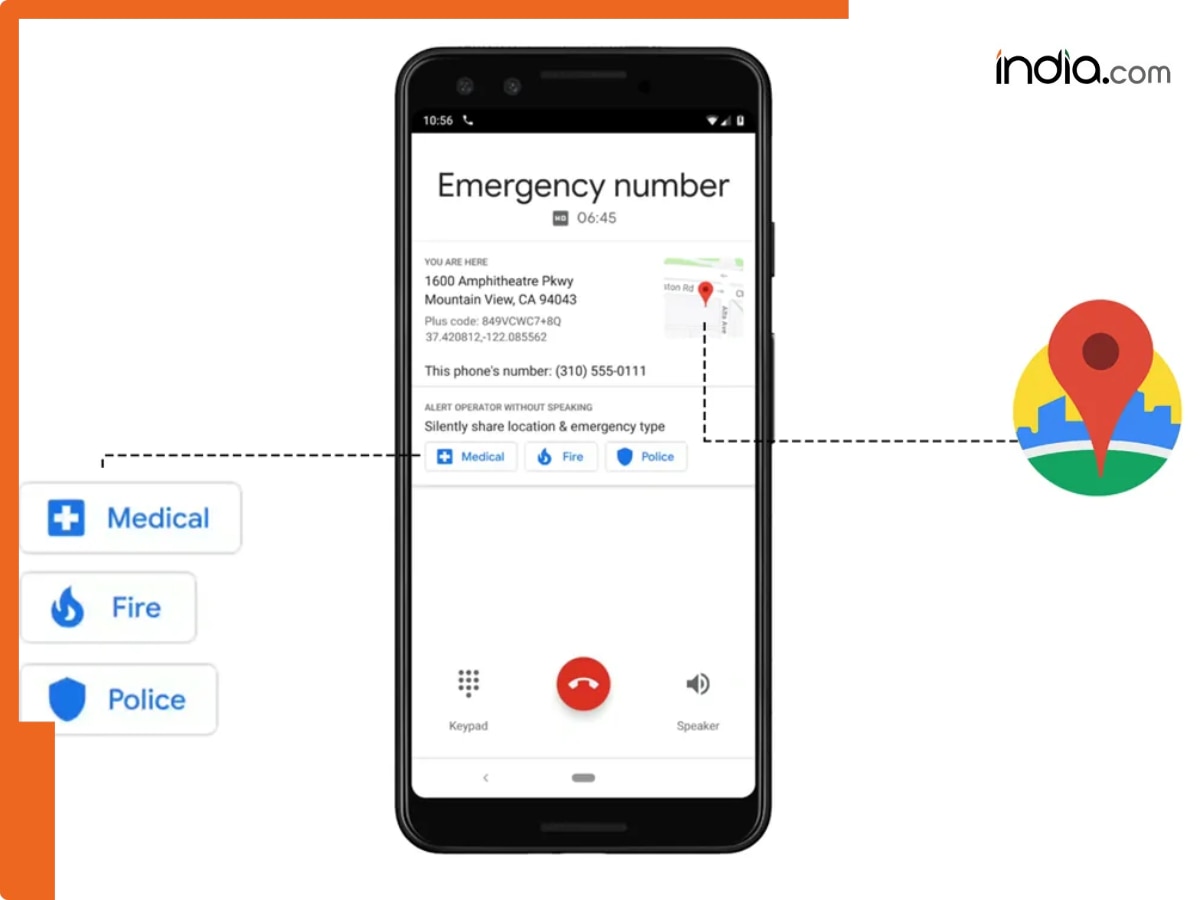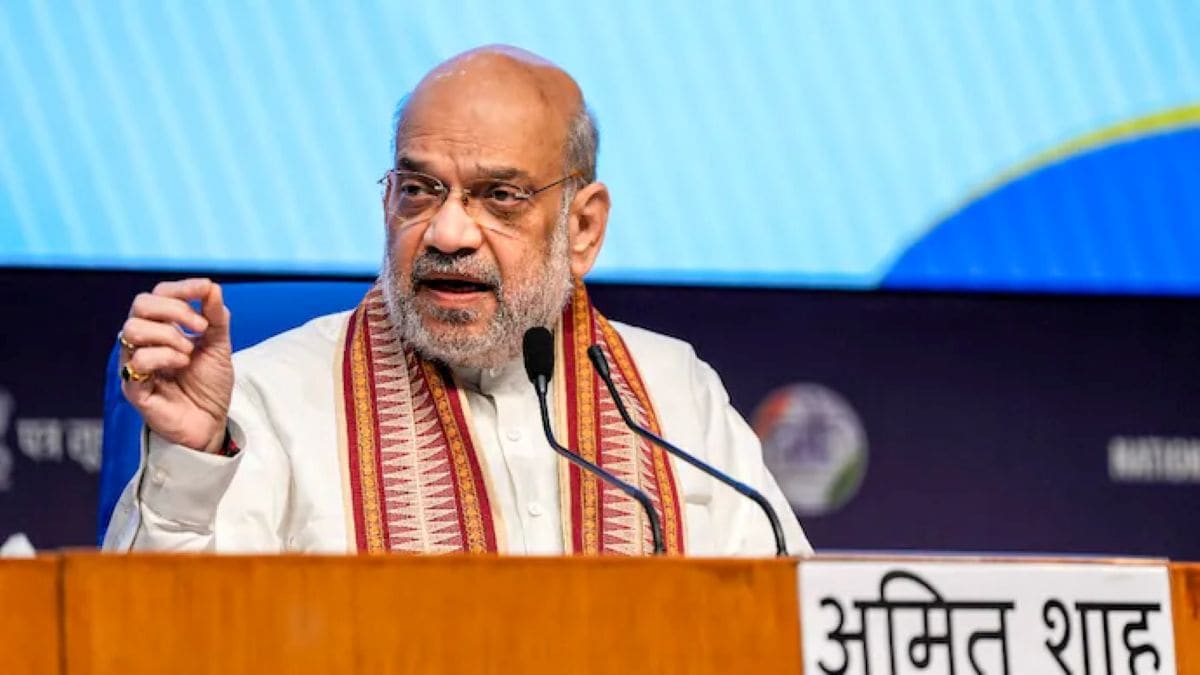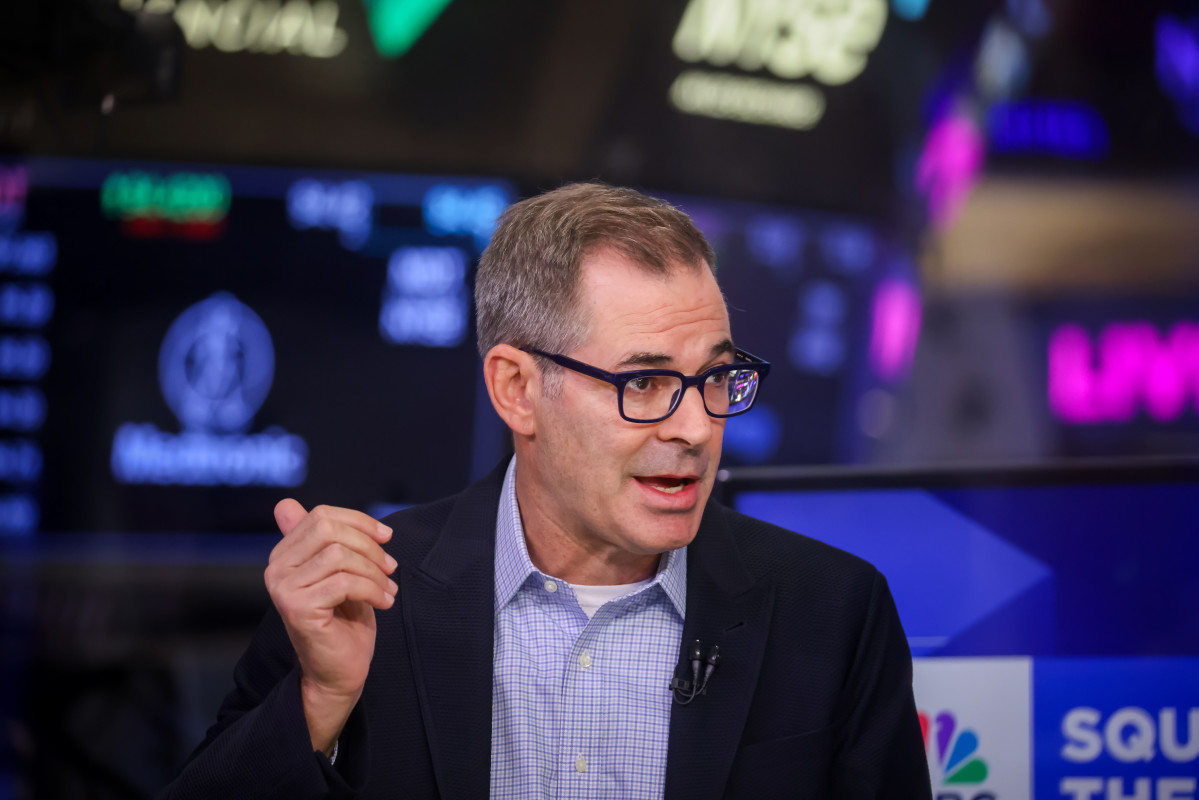Giving Patients a Statin and a Cholesterol-Lowering Drug Can Reduce the Risk of Early Death
There is a new standard for treating individuals with blocked arteries.
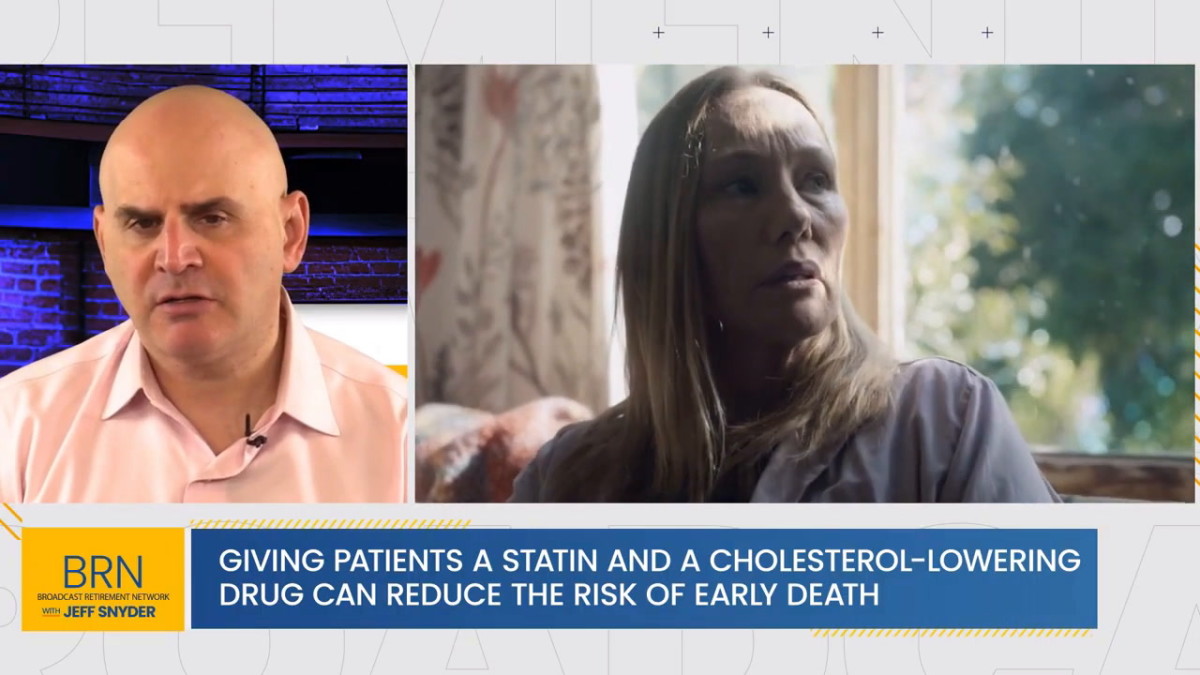
Heart disease is the leading cause of death in the US, killing around 700,000 Americans each year. New research estimates that nearly 50,000 US lives could be saved annually with a one-two punch of cholesterol-lowering drugs. Giving patients a statin and a cholesterol-lowering — rather than statins alone — can reduce the risk of early death by 19%, a major cardiovascular event by 18% and a stroke by 17%. Broadcast Retirement Network's Jeffrey Snyder discusses this approach with Maciej Banach of Polish Mother's Memorial Hospital.
Jeffrey H. Snyder, Broadcast Retirement Network
(0:04) This morning on BRN, giving a patient a statin and a cholesterol-lowering drug can lower the risk of early death. (0:13) And joining me now to discuss this and a lot more, Dr. Maciej Bonik of Polish Memorial Mothers Hospital. (0:21) Dr. Bonik, great to see you. (0:22) Thanks for joining us in the program this morning. (0:24) Thank you very much for the invitation. (0:26) Yeah.
(0:26) And we're going to be talking about some of your latest published research, I should say. (0:31) Let's start with a big, large question. (0:34) Here in the United States, there are over 700,000 deaths related to heart disease.
(0:41) I mean, doctor, this number just seems to continue to go up over time.
Maciej Banach, Polish Mother’s Memorial Hospital
(0:47) Yeah. (0:47) Unfortunately, due to the fact, or even besides the fact that we are very effective in the treatment of the cardiovascular diseases, especially those associated with atherosclerotic cardiovascular diseases, so with atherosclerosis original, we are still not effective at all in order to prevent cardiovascular diseases. (1:06) And if we look even at the role of lipid disorders, which are the most prevalent cardiovascular risk factor, and the first study that was published in 1994, so 31 years ago, there is still about 21 million deaths attributable due to atherosclerotic cardiovascular disease worldwide.
(1:28) And this is twice as high number as those associated with cancer. (1:33) And for example, the third place is for the pulmonary diseases, which is about five to six million. (1:40) So it is an amazing and huge number.
(1:42) And that is why we should do our best together, because all the stakeholders are associated with the effective fighting and preventing cardiovascular diseases in order to simply reduce this number.
Jeffrey H. Snyder, Broadcast Retirement Network
(1:54) Yeah, I think it's because all of us, for a lot of reasons, A, to prevent our own death and maybe help a family member, doctor, excuse me, professor, you know, we've been told, you know, proper nutrition, diet, exercise, those are the right steps to take to mitigate or prevent. (2:14) But statins also play an important role here as well to mitigate heart disease, heart attacks, strokes and other types of heart ailments. (2:23) Is that correct, sir?
Maciej Banach, Polish Mother’s Memorial Hospital
(2:25) Definitely. (2:26) You know, the issue is that we know everything about statins, because it is probably the most investigated drugs, not only in cardiology, but in the medicine, because it was investigated in 1978 by Professor Akira Endo that died in November last year, unfortunately. (2:46) And in 1994, we had the first trial with simvastatin, which was 4S trial.
(2:51) And we have a number of trials that strictly confirm that statin therapy is significantly associated with the longer life, not only reduction of the cardiovascular outcomes, but simply statins are associated with the prolongation of our lives. (3:06) So that is why they are very much effective. (3:08) On the other hand, it is probably the issue you probably also recognize within your colleagues, within your people you are discussing and talking, that statins are also the drugs that have the highest number of the fake news concerning the adverse effects.
(3:27) But besides the paper we are now discussing, we had also another paper published in 2022, which was the largest ever meta-analysis on the statin intolerance with 4.2 million patients which were included. (3:43) And the real statin intolerance is only 5-7%. (3:47) So 93% of patients or 95% of patients might use statins without any safety concerns.
(3:55) So that is why I would like to present it to you, because it is strictly very important in order not to focus on the side effects and to think what statins can do to my body concerning the adverse effects, but mainly focus on the efficacy of statins, which is amazing in comparison to all other drugs in cardiology.
Jeffrey H. Snyder, Broadcast Retirement Network
(4:14) Right. (4:15) And based on some of the research, again, I'm a layperson, so I do not have the same background you do, but based on my reading of the publication, it's actually two drugs that can work in parallel with one another. (4:27) Can you talk a little bit about that, Professor?
(4:31) And also, accessibility. (4:35) Does anybody, whether they live here in the United States or if they live in Europe or the UK or in Africa, do they have access to these drugs and are they readily available?
Maciej Banach, Polish Mother’s Memorial Hospital
(4:47) We are talking about statins still, right? (4:49) Yeah. (4:50) So the issue is that all those drugs, because mostly when we are talking about the statins we are talking about the three preparations.
(4:59) So this rosuvastatin, which is the most potent, taking into account the reduction of the LDL cholesterol, because it might be associated for the highest doses with even over 50% reduction of the LDL cholesterol. (5:11) So this cholesterol, which is the most heterogenic, taking into account the atherosclerotic cardiovascular disease. (5:16) This is atorvastatin and pitavastatin, which is available in some of the countries.
(5:21) These are the most important, taking into account the potency of the reduction of the LDL cholesterol. (5:26) And for all those drugs, they are generic. (5:30) So they are very cheap and that is why they are accessible by everyone.
(5:34) So that is why it is probably the cheapest method we can use in order to help our patients to be on the LDL cholesterol goal. (5:42) And I will give you also one critical information that, for example, if we are talking with the payers concerning the new drugs, non-statin drugs that are associated with the reduction of the LDL cholesterol, they usually say, are you using or are you applying statins effectively for your patients? (6:00) Because it is always the gold standard, the first step of the LDL cholesterol lipid lowering reduction therapy.
Jeffrey H. Snyder, Broadcast Retirement Network
(6:08) Yeah, and let's talk about practitioners, you know, physicians, both here in the United States, but also abroad. (6:17) They're armed with a lot of the information we're talking about this morning. (6:21) So they read the journals that your studies and others are publicized in.
(6:26) And I would think, and I don't want your opinion on this, that as you stated, this would be kind of the first line of defense. (6:34) If you can't get the cholesterol down by normal means, we're talking about LDL, the low density level of cholesterol. (6:41) If you can't get it down by traditional means, better health, better diet, eating more oats and things like that, you know, grains, they're armed with the information to prescribe this to their patients.
Maciej Banach, Polish Mother’s Memorial Hospital
(6:53) Yeah, obviously. (6:54) There are a few things which are critically important because they always kind of discussion why we are talking only about the drugs when we are talking about the LDL cholesterol. (7:04) And the issue is that we are not in a hurry in order to introduce drugs for low to moderate patients at the low to moderate risk.
(7:12) We usually have time in order to try all the non-pharmacological approaches, as you've mentioned, so the hypolipidemic diet, so well-balanced diet and exercise. (7:24) And altogether, if we have a good diet, which is personalized usually for our patients, as well as exercise, which is associated mostly with the reduction of the weight, we might reduce LDL cholesterol by mean 25%. (7:37) And if we are effective in those patients at low to moderate risk, it is okay.
(7:42) We are very happy with this. (7:43) But for most of them, unfortunately, due to the fact that people are also not adherent, so they are not regular taking into account their exercise. (7:52) They are not adherent.
(7:53) They are not using good diet and so on. (7:55) We need to invest in their health as early as possible because also we know, taking into account our long-term experience with statins, that if we invest in our health, taking into account the correct value of the LDL cholesterol, we might prevent even 60% of cardiovascular events. (8:15) So that is why we don't want to wait because we also have a beautiful analysis we published a few days, a few years ago, that if we start at the age of 30, for example, or 40, we might prolong the life of our patients by even 15, 20 years.
(8:30) So that is why we would like to start as early as possible. (8:33) But we also noticed something based on the large registries, real-world evidence data we had from different countries, from Europe, from the United States, it was a gold registry from the United States, from other countries, that unfortunately, most of our patients are not treated well, effectively, simply. (8:51) And even 70, 75%, even 80% of our patients are still over the value of the LDL cholesterol that is suitable, taking into account the risk of the given patients.
(9:01) That is why in 2021, in April 2021, as a group of experts within the International Lipid Expert Panel, we said, OK, so maybe let's try to use the immediate upfront lipid lowering combination therapy of statins and azetamide in order not to wait four to six weeks for the result of the statin therapy and have immediate response for these two drugs, which has synergistic effect. (9:27) And this is critically important to differentiate, because if we have an addictive effect, there is two plus two means four. (9:34) Synergistic effect means two plus two means five.
(9:37) So that is why both effects of the statins and azetamide are pronounced together. (9:42) So that is why we might expect even higher reduction of the LDL cholesterol in more patients of the LDL cholesterol goal, as well as less side effects and higher reduction of the cardiovascular outcomes.
Jeffrey H. Snyder, Broadcast Retirement Network
(9:54) And hence, less try to lower ultimately the number of people who ultimately die from this horrific disease and some of its its offshoots. (10:04) Professor, we're going to have to leave it there. (10:06) Continue with the great research.
(10:07) We appreciate coming on the program, and we look forward to having you back again very soon. (10:12) Thank you very much. (10:13) And don't forget to subscribe to our daily newsletter, The Morning Pulse, for all the news and one place details, of course, at our website.
(10:19) And your subscription helps support all this great VRN content. (10:23) And we're back again tomorrow for another edition of VRN. (10:26) Until then, I'm Jeff Snyder.
(10:27) Stay safe, keep on saving, and don't forget, roll with the changes.
What's Your Reaction?











